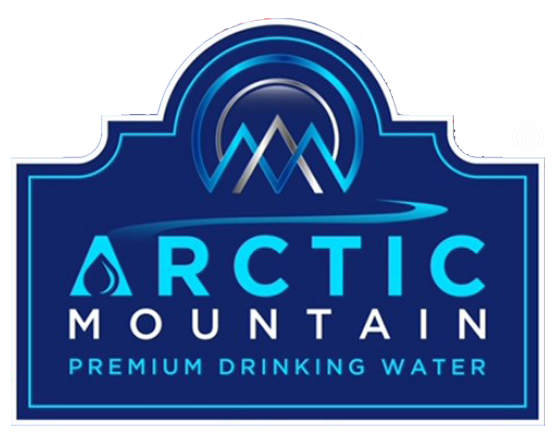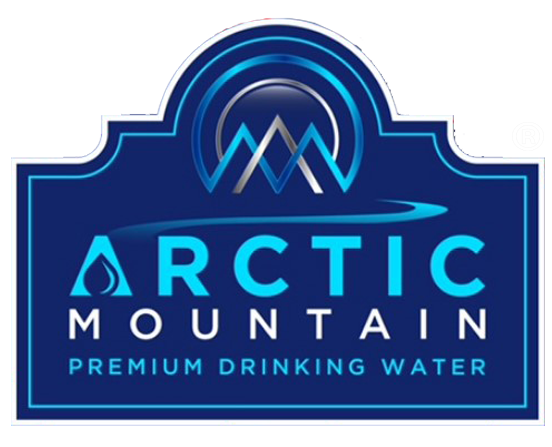It might be tempting to rely on your local water authority or even the source of your well to provide you with safe drinking water. The truth, however, is that sometimes these sources can fail us when it comes to purity and water safety.
If you have any concerns about the safety or purity of your drinking water, it is a good idea to perform a water test at home. At home water testing is a quick and easy way you can find out more about your tap water.
Today, testing home water quality is easier than ever. You can conduct this test yourself or with the help of a local water purity specialist. Let’s look at some tips on how to test your water at home.
Which Source Will You Test?
The first question you should ask yourself will be which water source are you testing. The type of test kit you purchase will depend on the type of water source you are testing.
For instance, if you want to test the drinking water that is being provided to you through the tap from the city you live in, you will need a basic home water testing kit. However, if you are testing water that is coming from a well, you will need a comprehensive testing kit that includes pesticide screening.
You can even get water testing kits to use on-the-go. For instance, if you go camping or hiking and want to see if the nearby water is safe for drinking or bathing, you can use these kinds of testing strips.
What Method Will You Use?
You will also need to decide which testing method you will use. You should be aware that most basic at home water testing kits will need follow-up testing in a lab. If the basic kit shows up something you should be concerned about, you will need to further test with a professional water testing lab.
Test strips are the most common type of testing. When using a test strip, you will simply fill a container will water, dip the strip, wait, and read the results according to the instructions. There will be a chart included with different colors representing different contaminants. You will compare your strip to this chart.
Powder testing is another method that is often used for bacteria testing. This method does not use strips, but rather uses powder. You would add a few drops of water to the powder. You then shake the sample. The water may change color. You would use the color chart to compare the colors. This method is often more accurate than strips to detect certain kinds of contaminants. These can be used to detect bacteria such as E.coli.
What Contaminants Are You Testing For?
Another important question you should ask before testing is what contaminants are you testing for. This can help you choose the appropriate type of kit. Some common contaminants to check for include:
- Bacteria
- Lead
- Nitrates
- Nitrites
- Chlorine
If you have been wondering how to know if my home water is bad, testing is the way to go.


